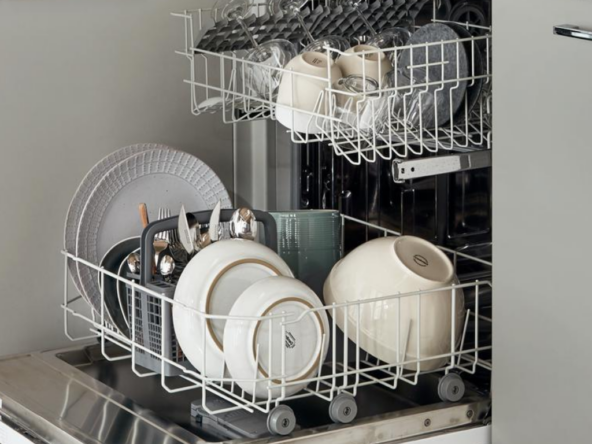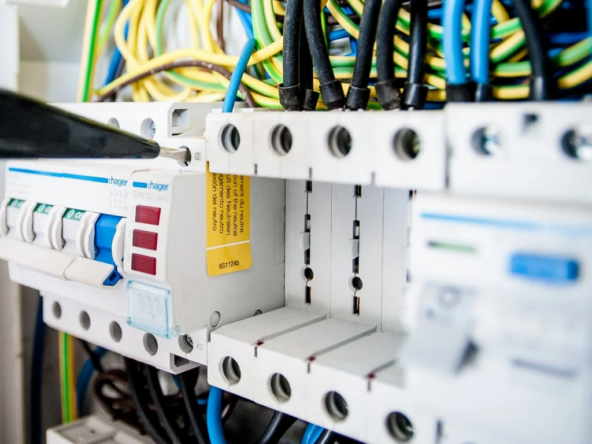Exterior Fillers (Caulk) play a vital role to help prevent the air and water leaks in your house. The elastic nature it has, keeps the doors and windows sealed when there is a chance of shrinking and expanding of materials, due to the outside temperature. With all these benefits the caulk also needs to be maintained as the time can cause it to get separated from where they are applied. It is important to have a check on them and to reapply them when needed. With maintenance, they will keep the house cozy and comfortable.
Care and Maintenance of the Fillers
The following are the care and maintenance guidelines for home exterior fillers.
For Checking Caulk
Start by checking the separated fillers from the exterior of the house. It is suggested that you should check them about one or two times a year. The places that are required to be checked are:
- The Window frames and door frames.
- Foundation, corners, and the angles between sliding materials.
- Objects attached from exterior walls, such as vents, outlets, and pipes.
- Objects sticking from the roof, such as Chimneys, vents, and skylight.
Instructions
- For repairing, use elastomeric fillers.
- It is advised not to use acrylic fillers over silicone ones and vice versa as they are not suitable for bonding with each other.
Steps for Re-Application of the Exterior Fillings
- Remove the old filters with a scraper or a putty knife. You can also use painter’s tool to remove them.
- Clean and dry the areas that need to be filled again as Fillers cannot adhere to the dirty and wet surfaces.
- Apply the new filling, holding the tube to a 45° angle from the surface and push it rather than pulling it to drive the fillers into the gap. If you pull it, there are high chances to get air bubbles inside the gap.
- Pull the tube back to break the filler bead by twisting it.
- To smooth and compress the filling run your finger along the joint.
Instructions
Follow the instructions on the tube to load and use the gun if you are comfortable using a filling gun. Do not apply fillers in cold weather. It is ideal to be applied between a temperature around 50°F and 70°F.



